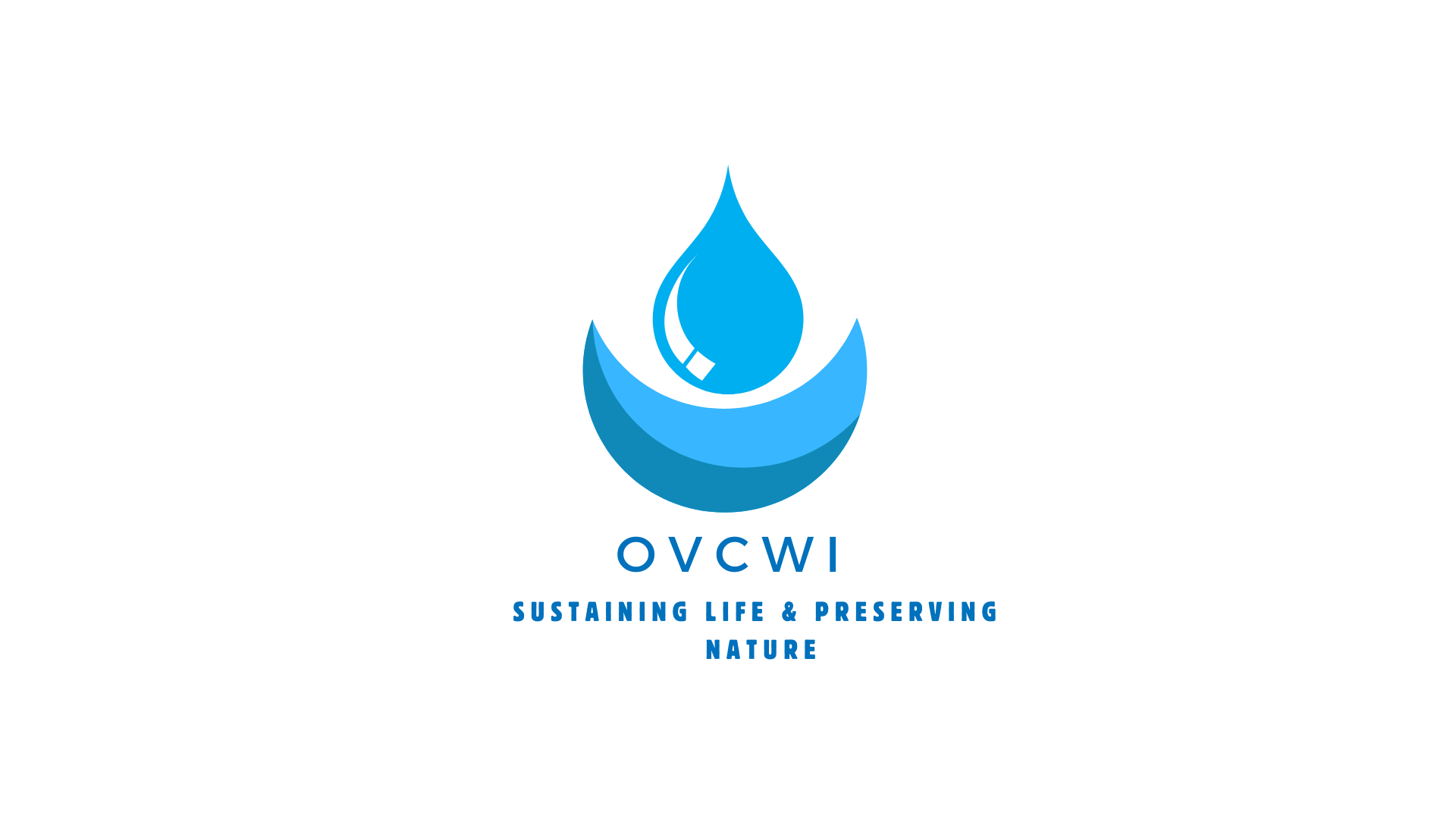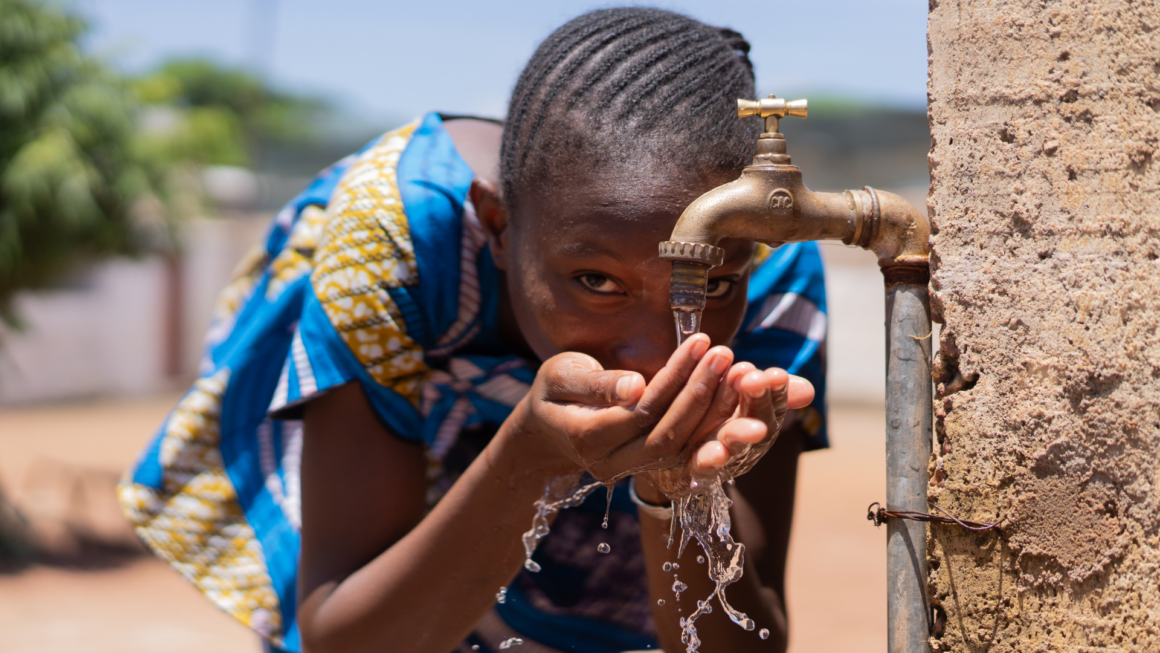Piped water systems in Jinka City and its surrounding areas in the Omo Valley of Ethiopia are limited and not widely available. According to a 2019 report by UNICEF, only 28% of the population has access to an improved water source in the South Omo Zone, where Jinka City is located. This is significantly below the national average of 69%.
In Jinka City specifically, the majority of households rely on alternative water sources such as shallow wells, springs, and rivers. Piped water systems exist in some urban areas and serve a small percentage of the population, primarily in government buildings and institutions. However, these systems are often unreliable and may only operate during certain hours of the day.
In the surrounding rural areas, access to piped water systems is even lower. Many communities still practice traditional methods of water collection, such as using donkeys to transport water from distant sources. This not only poses a burden on women and children who are responsible for collecting water, but it also presents health risks from using contaminated sources.
The implementation of piped water systems depends on various factors including population density, infrastructure development, funding availability, and governmental or non-governmental initiatives aimed at improving water access. In some cases, piped water systems may be installed as part of larger water supply projects targeting urban centers or areas with higher population concentrations. In general, it can range from USD 50,000 to USD 100,000 per kilometer of pipeline, not including the cost of installation and maintenance. This cost can be even higher in remote and rugged areas like the Omo Valley, where infrastructure and resources are limited.
As a result, improving access to piped water systems in Jinka City and its surrounding areas remains a challenge. The Ethiopian government, with support from international organizations, is working towards expanding and improving water access in the country. However, significant investments and efforts are still needed to address the water scarcity in the Omo Valley and increase the availability of piped water systems for the local population.
Discover more from Omo Valley Clean Potable Water Initiatives
Subscribe to get the latest posts sent to your email.





